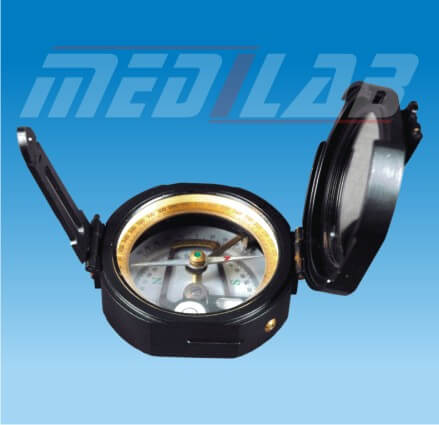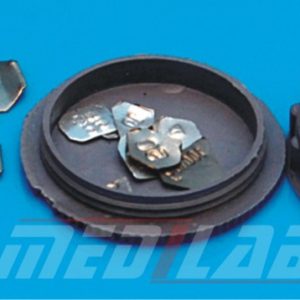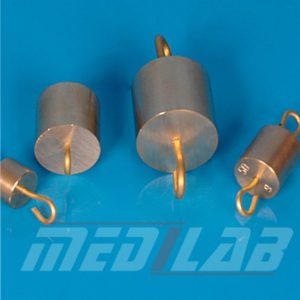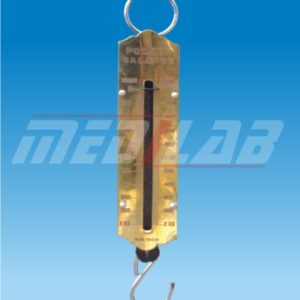Description
A Brunton compass is a geological laboratory apparatus used for measuring the orientation of rock outcrops or mineral deposits in the field. It consists of a compact aluminum housing with a compass needle and a clinometer. The compass needle can be rotated to align with the Earth’s magnetic field, while the clinometer measures the angle of inclination of the surface being measured.
To use the Brunton compass is placed on the surface being measured, and the compass needle is oriented to align with the Earth’s magnetic field. The clinometer is then used to measure the angle of inclination of the surface, which can be used to determine the orientation of the rock outcrop or mineral deposit.
Brunton compasses are commonly used in geology, mining, and mineral exploration to map outcrops and determine the orientation of mineral deposits. They are also used in field surveys to measure the inclination and orientation of geological structures.







